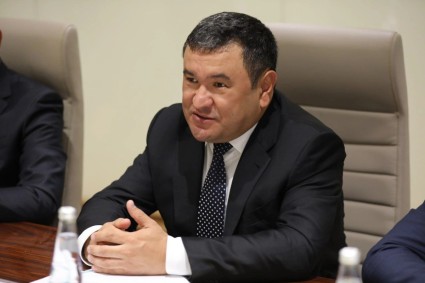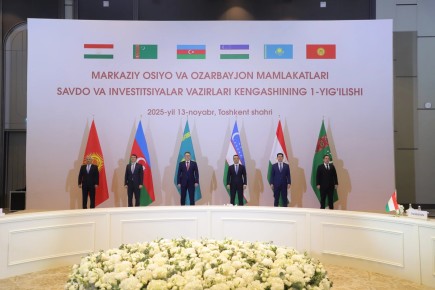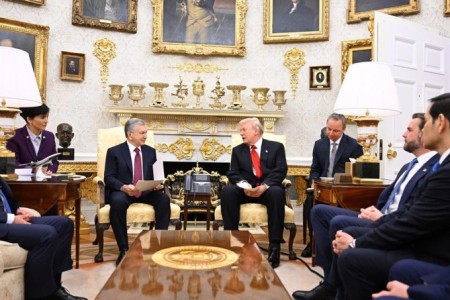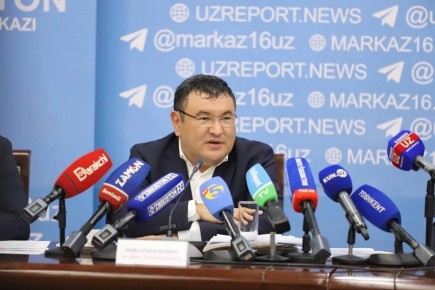Uzbekistan’s official reserves as of March 1, 2024 topped $32.19 billion, decreasing by $2.37 billion in January-February, the Central Bank said in a report.
According to the regulator, in January, foreign currency reserves decreased by $1.44 billion, and in February - by another $381.5 million. The total decrease was $1.82 billion - to $7.55 billion. This is the minimum since September 2023 (when the figure fell to a record $7.39 billion since 2013).
The physical volume of gold first increased by 0.3 million troy ounces (9.3 tons), and then decreased by the same volume. As a result, 11.9 million troy ounces of gold (370.1 tons) remained in reserves, but the value of the gold reserve decreased by $535.4 million.
In January, gold prices dropped from $2,076 to $2,066, and at the end of February, to $2,059. But in March, its price broke the historical record several times and is already approaching $2,200 per ounce.
The Central Bank describes the decline as being “seasonal,” which “usually represents a trend observed in January-February.” While, if we study the data for previous years, then in the first two months of 2022−2023 the reserves increased or decreased slightly. This trend, according to the regulator, was also affected by the repayment by Uzbekistan of part of the sovereign Eurobonds issued in 2019. In particular, on February 20, Uzbekistan was supposed to repay Eurobonds worth $500 million.
At the end of 2023, the country’s “financial cushion” shrinked by $1.2 billion - to $34.56 billion. A decrease in reserves at the end of the year then occurred for the first time since 2018. The physical volume of gold decreased by almost 25 tons over the year.













